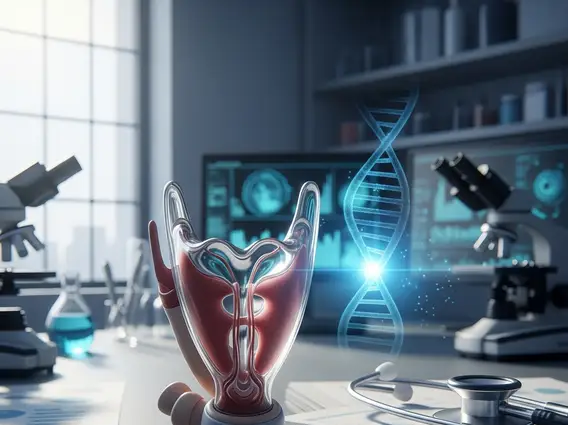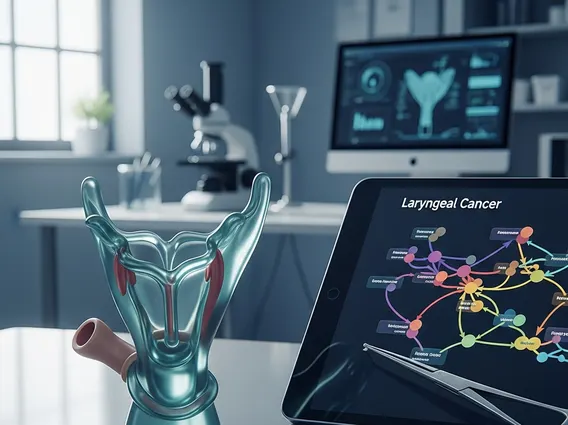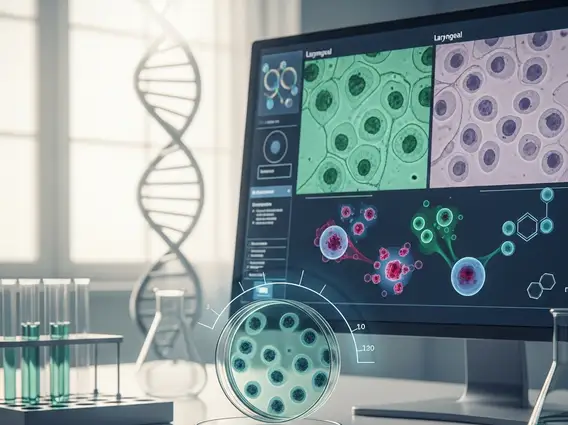Myeloproliferative disorders, often referred to as Myeloproliferative Neoplasms (MPNs) contain diseases of the bone marrow and blood. They have no known causes and are unique in their symptoms and prognosis for each case. Most of the diseases are slow-growing, but some cases can be more aggressive than others. Sometimes myeloproliferative symptoms and complications can develop into Acute Myeloid Leukemia (AML).
Myeloproliferative disorders differ from leukemia within the main types of cells being produced. In myeloproliferative disorders, the bone marrow produces excessive numbers of mature blood cells that function properly, however are much greater than normal numbers. The type of MPN and experienced symptom varies by the type of cell it affects within the blood:
- Red blood cells are responsible for carrying oxygen and carbon dioxide throughout the body. Too many could
cause the blood to turn out to be thicker and transfer slowly. If too little are produced, it can cause anemia, which leads to weakness and fatigue. - White Blood cells protect the body from germs, viruses, and bacteria to prevent illnesses. These cells are made in the bone marrow and are stored in the blood and lymph tissues.
- Platelets’ main function is controlling bleeding. When you injure yourself, the platelets collect at the site of the injury and provide a plug to stop the bleeding. With MPN’s, a
decreased number of platelets means a slight laceration can cause excess bleeding and take longer to stop than usual.
What are the Types of Myeloproliferative Disorders?
- Primary Myelofibrosis: affects both red and white blood cells. Leads to anemia, blood thickening and causes cells to be shaped and mature irregularly.
- Polycythemia Vera (PV): Overproduces re blood cells in bone marrow. Cells in the blood build up to cause an enlarged spleen and itching throughout the body.
- Essential Thrombocythemia (ET): Blood platelets are produced in excess and are the only type of cell effected. Blood flow is slowed down by platelets causing the blood to be sticky.
- Chronic Eosinophilic Leukemia/Hypereosinophilic Syndrome (HES): White blood cells are the only affected cell type and leads to itching and swelling in the extremities. In some cases, HES may lead to Acute Myelogenous Leukemia.
Risk Factors for Myeloproliferative Disorders
Risk factors for myeloproliferative disorders are largely unknown, but these conditions are typically linked to acquired gene mutations. Common first signs are typically an enlarged spleen or irregular blood count, which prompts further analysis and testing by the physician.
Many patients with myeloproliferative neoplasms have a mutation within the JAK2 gene. This gene mutation is acquired, which suggests you are not born with it. Individuals with a personal history of autoimmune diseases to have a 20% elevated risk of developing a myeloproliferative neoplasm. Certain autoimmune situations, together with big cell arteritis, aplastic anemia, and Reiter’s syndrome have been related to highly elevated risk as well.
For those already diagnosed with any of the MPNs, some might not need regular treatment and will be monitored for more serious symptoms. Those who need treatment, clinical trials provide early access to cutting edge therapies and treatments that are otherwise inaccessible. Massive Bio can provide a list of personalized matches using the AI powered engine to find the best trials based on your preferences. There are over 1,100 current clinical trials for the various MPNs, learn more about the benefits they can provide you.




















